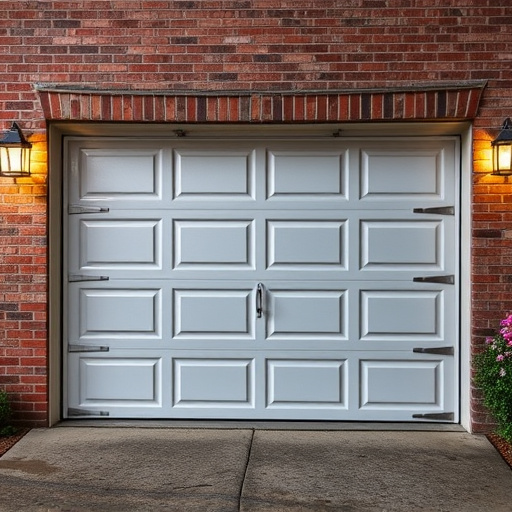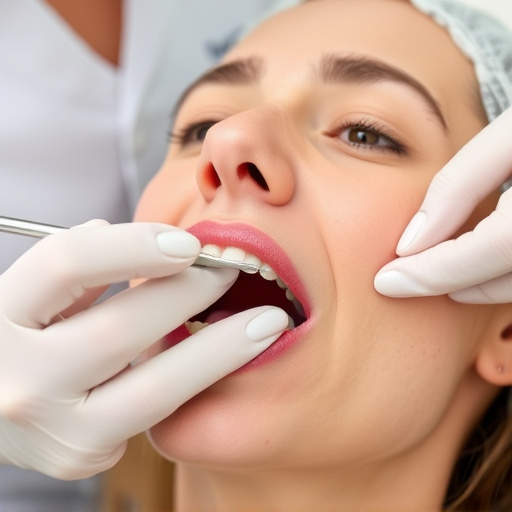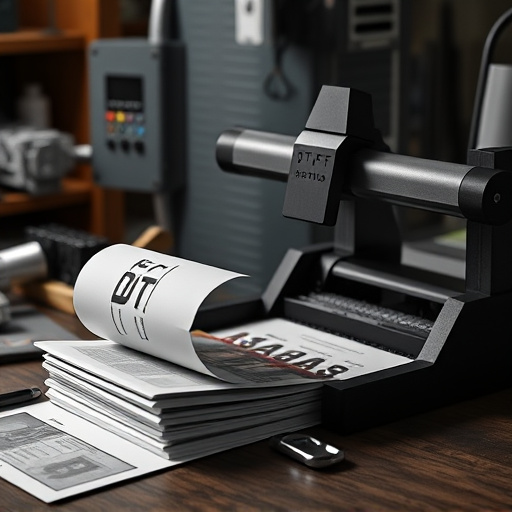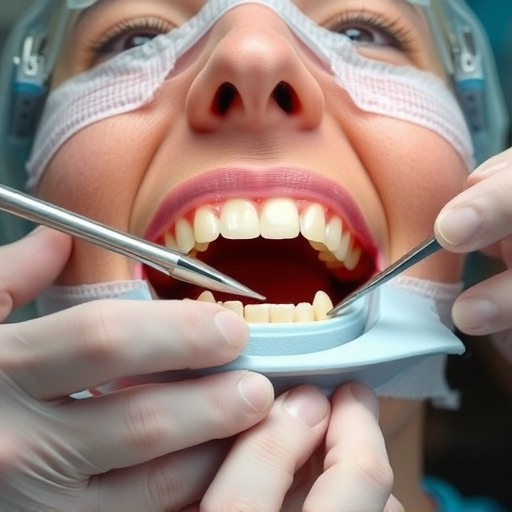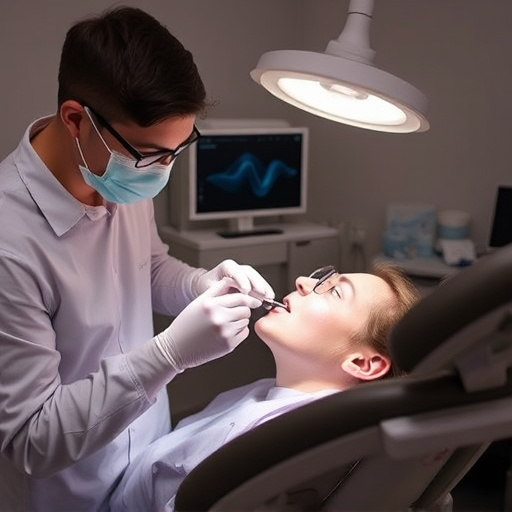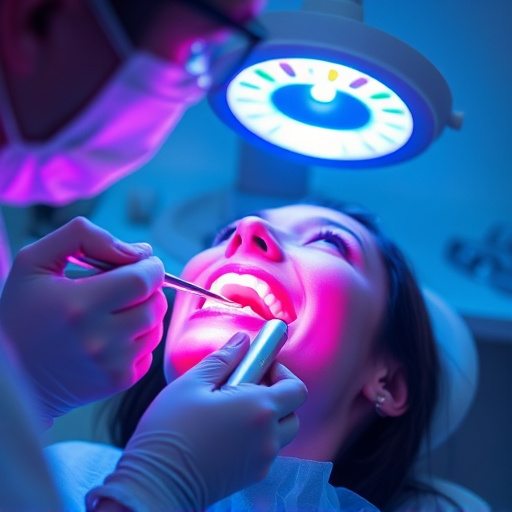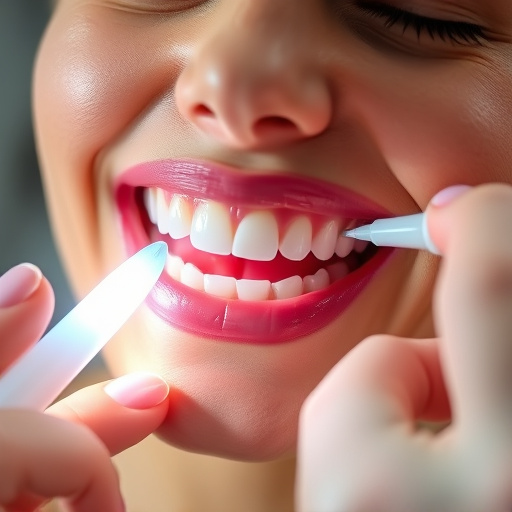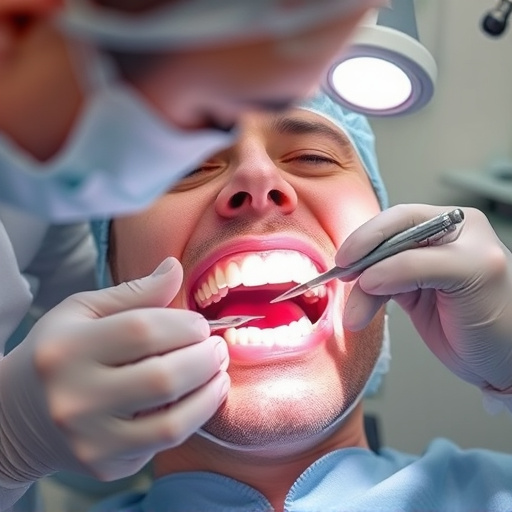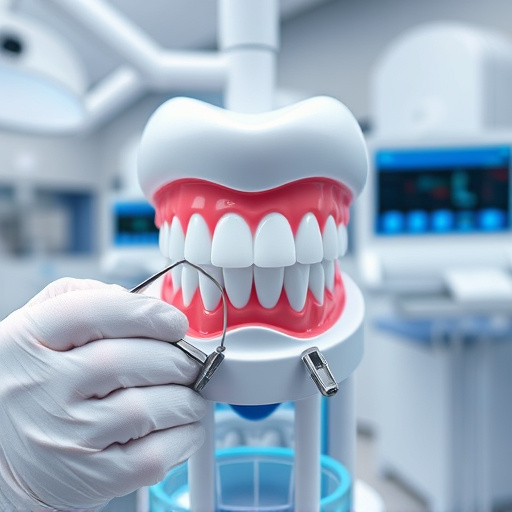Dental bridge replacement offers a permanent, functional, and aesthetic solution for missing teeth. Involving custom-made bridges supported by adjacent natural teeth, it prevents tooth movement and preserves facial structure. Modern innovations like ceramic crowns, 3D printing, and CAD technology enhance comfort, durability, and precision, reducing treatment times. After the procedure, which includes anesthesia, old bridge removal, and preparation, mild discomfort is expected, managed with pain relievers. Regular dental care ensures long-term success, with temporary solutions available during healing.
Dental bridge replacement is a modern solution for those seeking to restore their smile. This procedure offers a comfortable alternative to traditional options, combining functionality with esthetic appeal. With advancements in dentistry, several modern variations enhance patient experience and outcomes. From understanding the basic concept to exploring these innovative choices, this article guides you through the process, ensuring you’re well-informed about dental bridge replacement.
- Understanding Dental Bridge Replacement: The Basics and Benefits
- Modern Options for Enhanced Comfort and Esthetics
- The Procedure: What to Expect During and After the Treatment
Understanding Dental Bridge Replacement: The Basics and Benefits

Dental bridge replacement is a widely recognized solution for missing teeth, offering both functional and aesthetic advantages. This procedure involves strategically placing a custom-made dental bridge to fill gaps left by tooth extractions. The bridge consists of one or more artificial teeth, known as pontics, which are securely held in place by crowns placed on the adjacent natural teeth.
By opting for dental bridge replacement, individuals can regain their smile’s beauty and overall oral functionality. It provides a permanent fix, preventing the shift of surrounding teeth and maintaining facial structure. Unlike removable dentures, bridges offer a secure fit, making them more comfortable and easier to maintain. Additionally, this modern approach to tooth replacement can also be an alternative to cosmetic fillings or dental bonding, providing a longer-lasting solution for improved oral health and aesthetics.
Modern Options for Enhanced Comfort and Esthetics
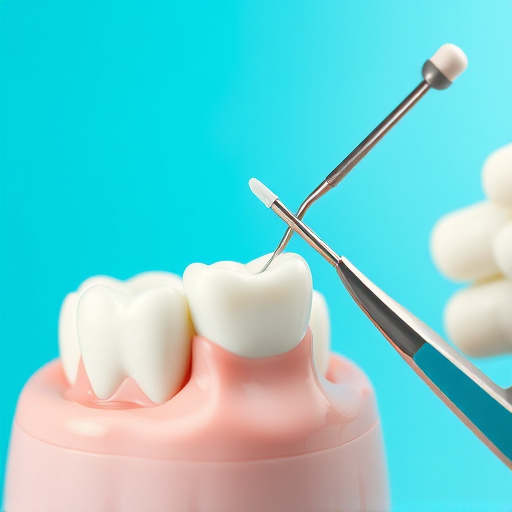
In recent years, dental bridge replacement has seen a significant evolution, offering modern options that prioritize both comfort and esthetics. Traditional bridges often required multiple appointments and could cause temporary discomfort during the adjustment period. However, contemporary advancements have transformed this process. One such innovation is the use of ceramic or zirconia crowns, which mimic the appearance of natural teeth, ensuring a seamless blend with your smile. These materials are not only durable but also hypoallergenic, making them suitable for even those with sensitive dental concerns.
Moreover, modern technologies like 3D printing and computer-aided design (CAD) have enabled precise, customized bridges tailored to each patient’s unique anatomies and preferences. This level of customization enhances comfort by reducing the need for tight fittings or adjustments, typically associated with conventional bridges. These cutting-edge techniques also facilitate quicker treatment times and often result in less invasive procedures, making dental bridge replacement more accessible, especially in comprehensive dental care settings that offer emergency dental care services for unexpected issues.
The Procedure: What to Expect During and After the Treatment
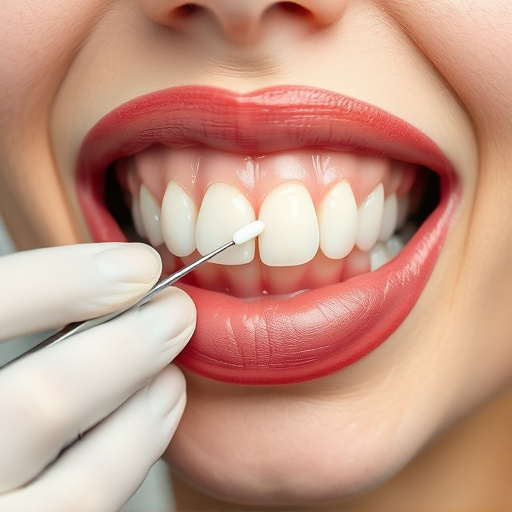
During a dental bridge replacement procedure, your dentist will first assess your oral health and discuss the best course of action. This may include taking X-rays to determine the condition of your teeth and gums. The actual process involves several steps. Local anesthesia is administered to ensure comfort throughout the procedure. The dentist then removes the existing bridge or crowns, cleans the area, and prepares the teeth on either side for the new bridge.
After the treatment, you can expect some mild discomfort and swelling, which is normal. Your dentist may recommend over-the-counter pain relievers to manage any soreness. It’s crucial to follow up with regular dental cleanings and check-ups to ensure the long-term success of the replacement. Additionally, clear aligners or dental crowns might be used as temporary solutions during the healing process, providing a comfortable and functional alternative while the permanent bridge is being crafted.
Dental bridge replacement offers a lasting solution for missing teeth, enhancing both functionality and aesthetics. With modern options available, patients can now enjoy increased comfort and natural-looking smiles. By understanding the procedure and its benefits, individuals can take the first step towards restoring their oral health and confidence. Whether you’re considering a dental bridge to replace one tooth or several, these advanced techniques promise a more comfortable experience and a beautiful, long-lasting result.
